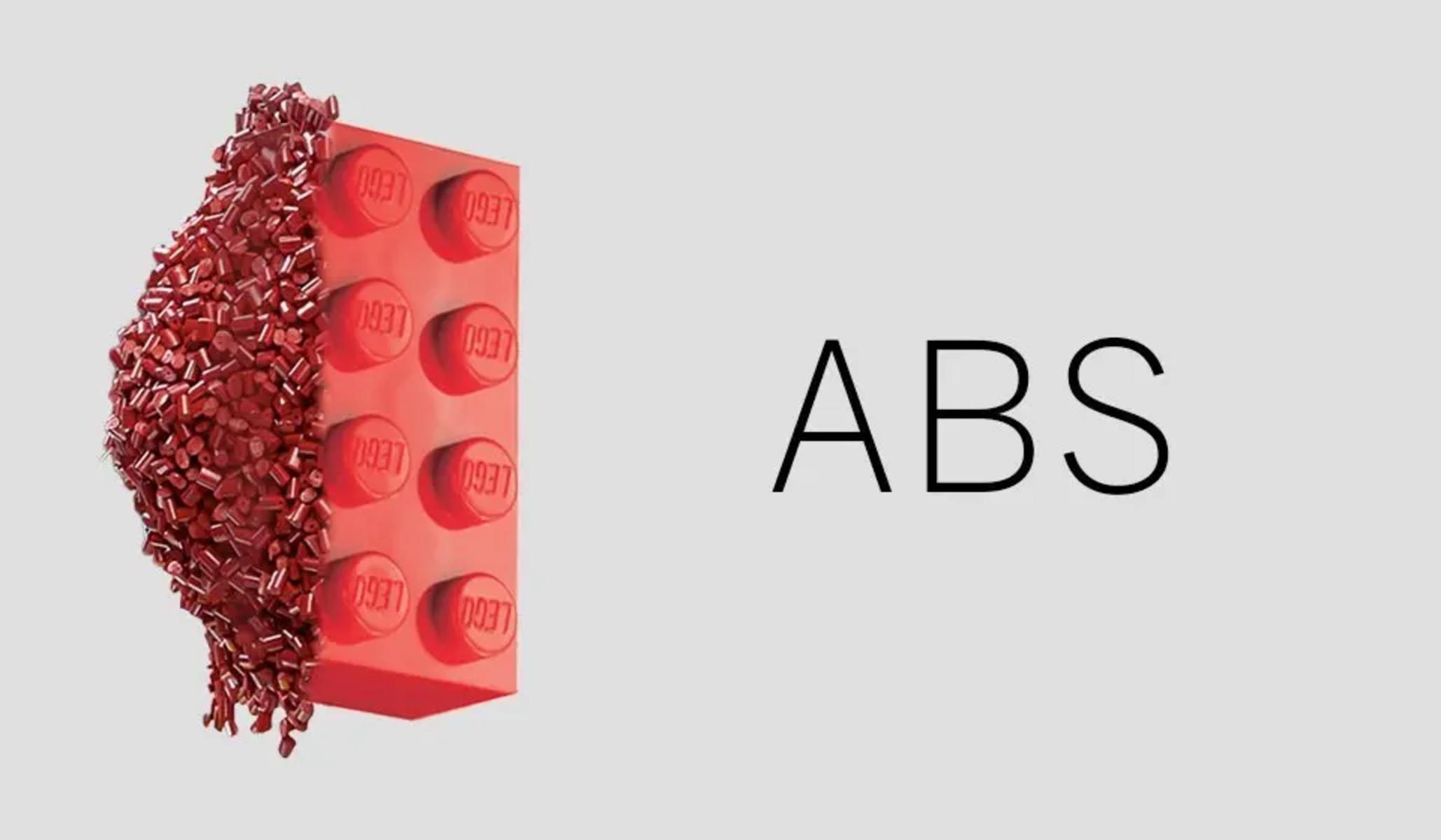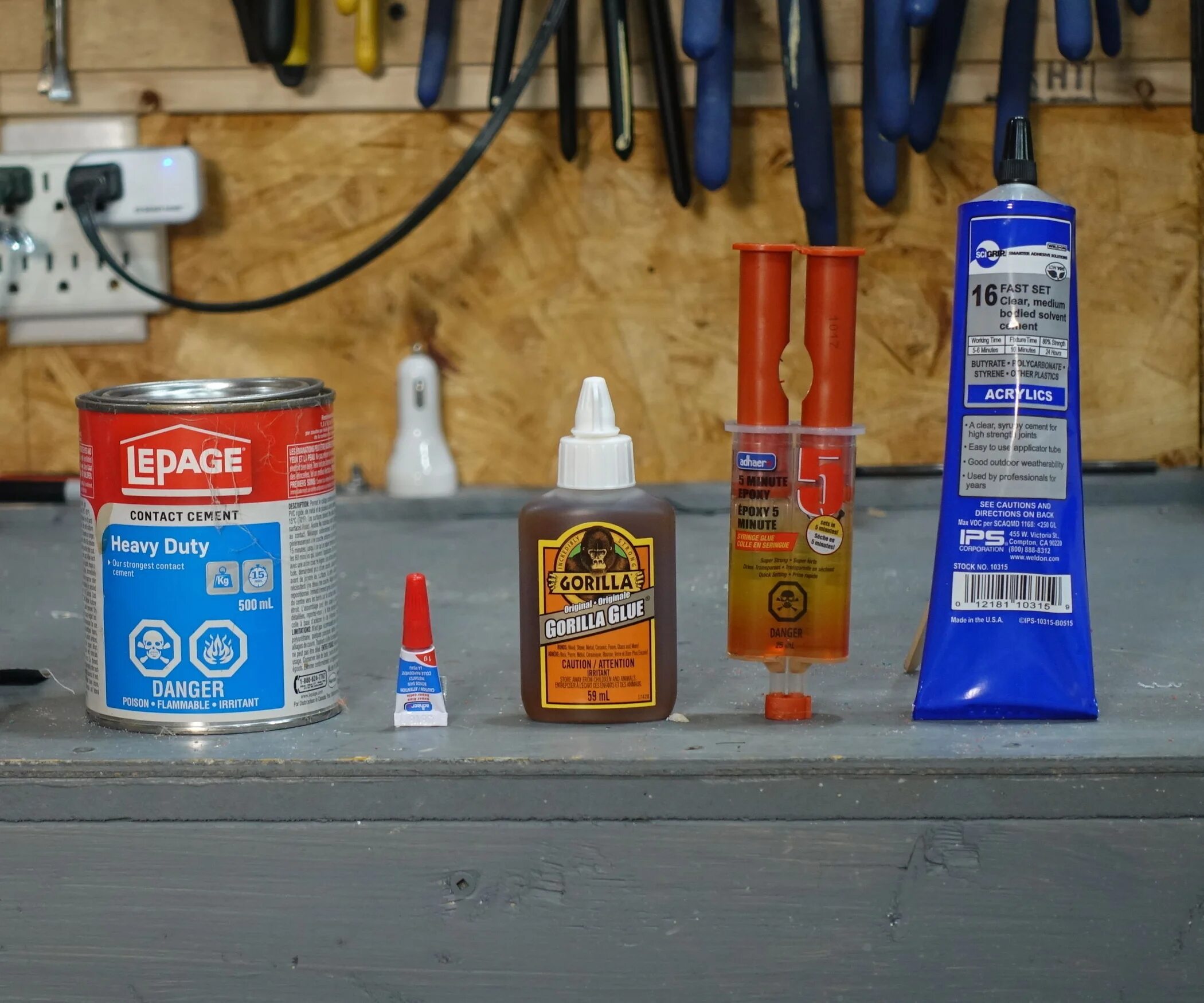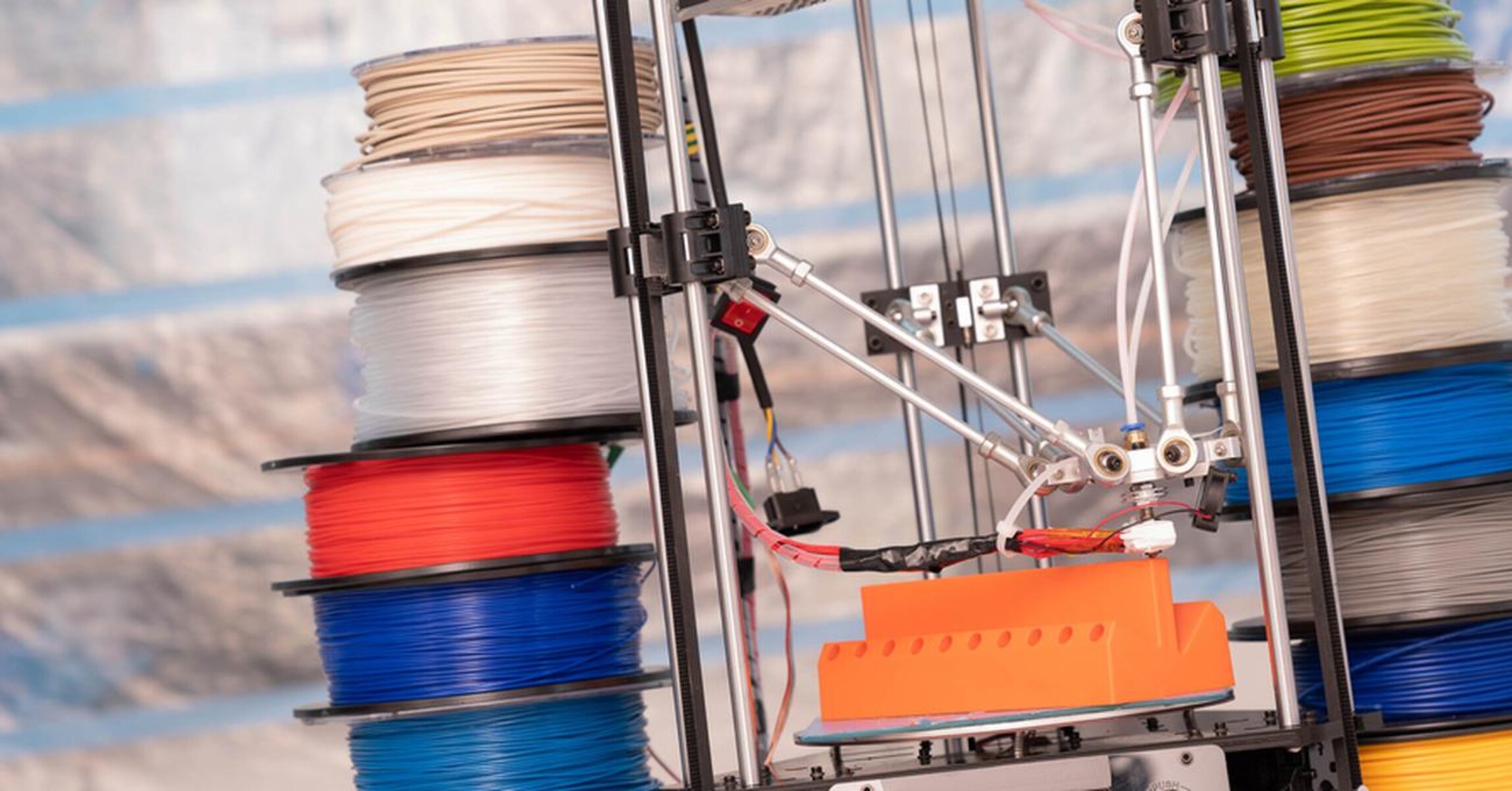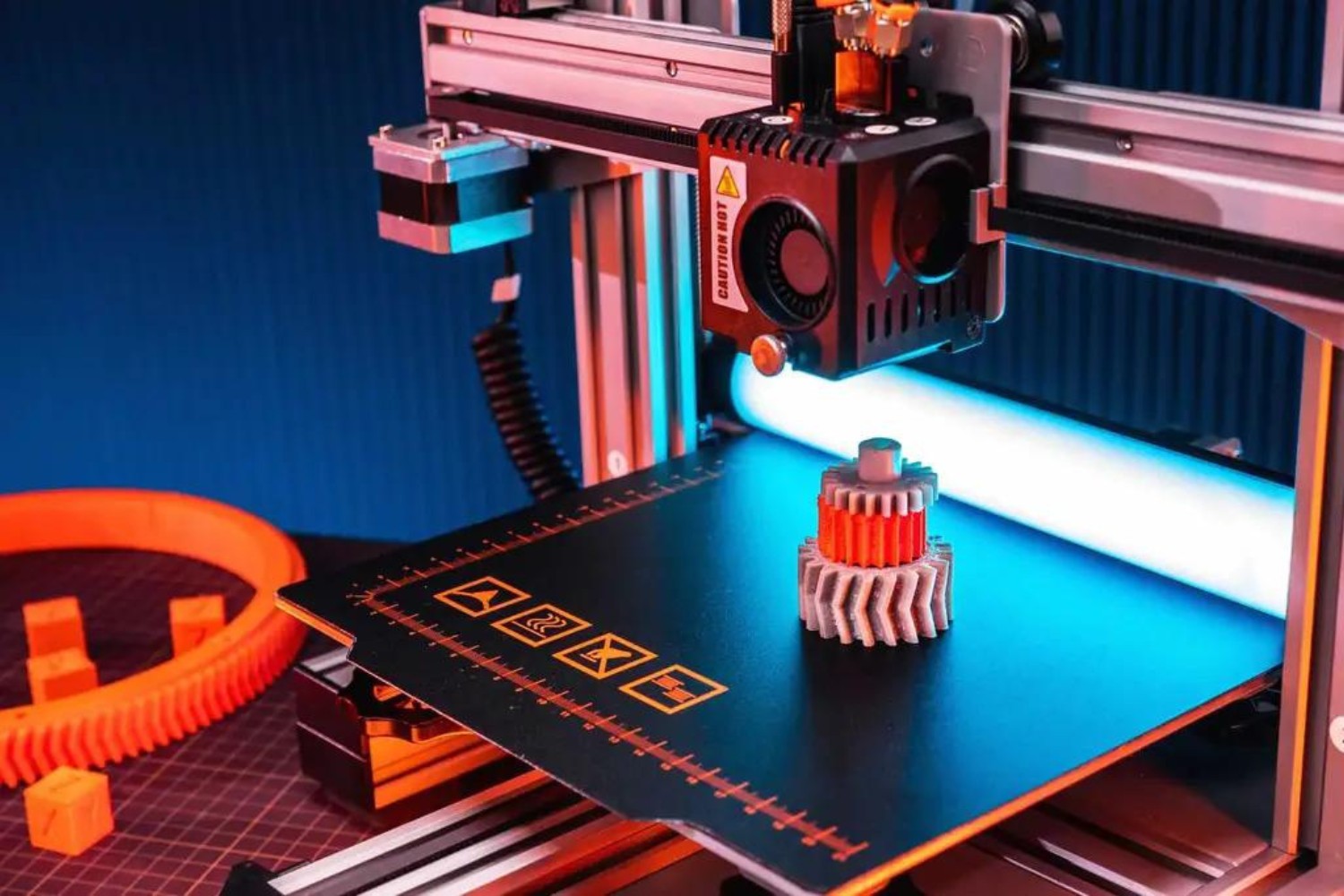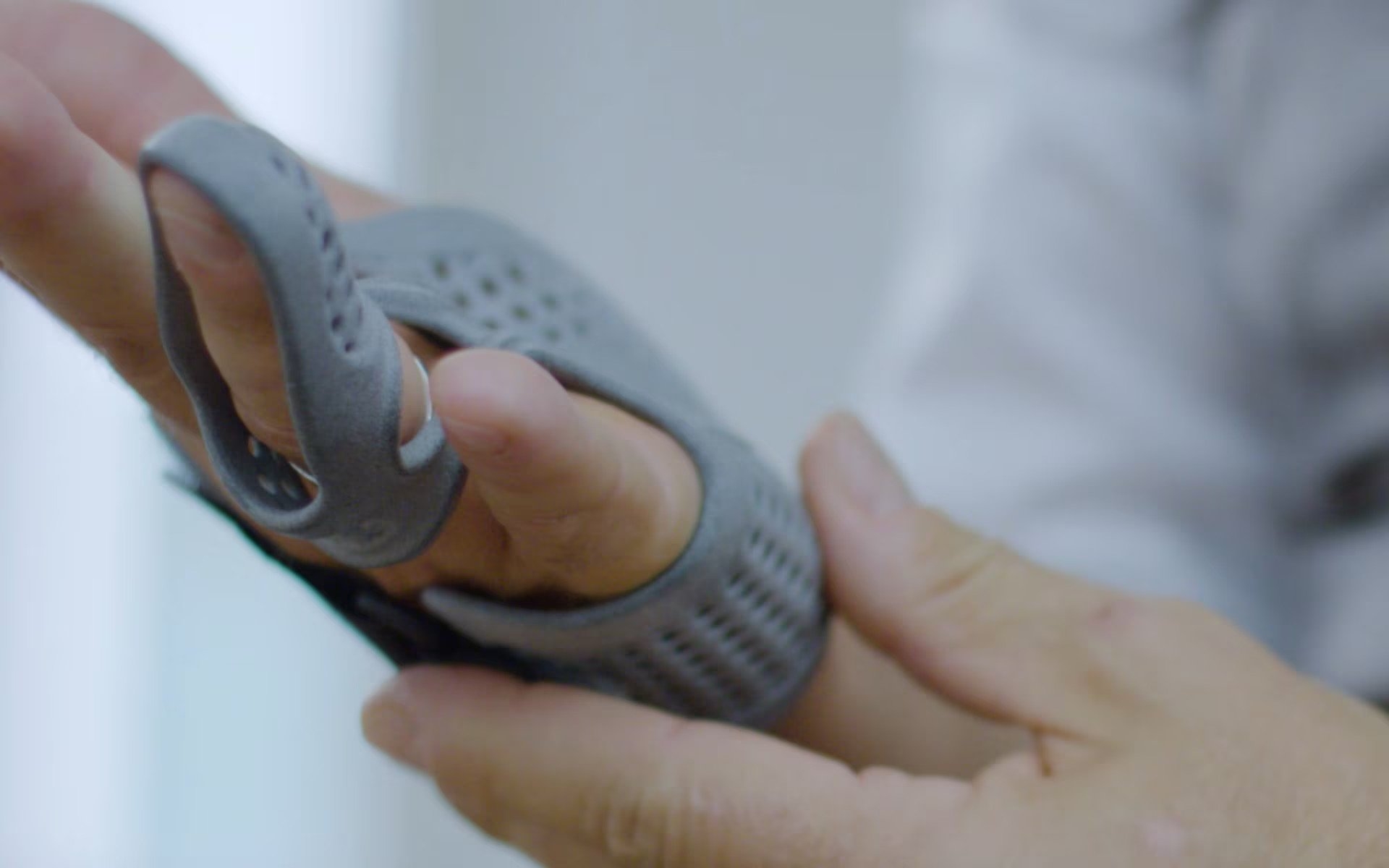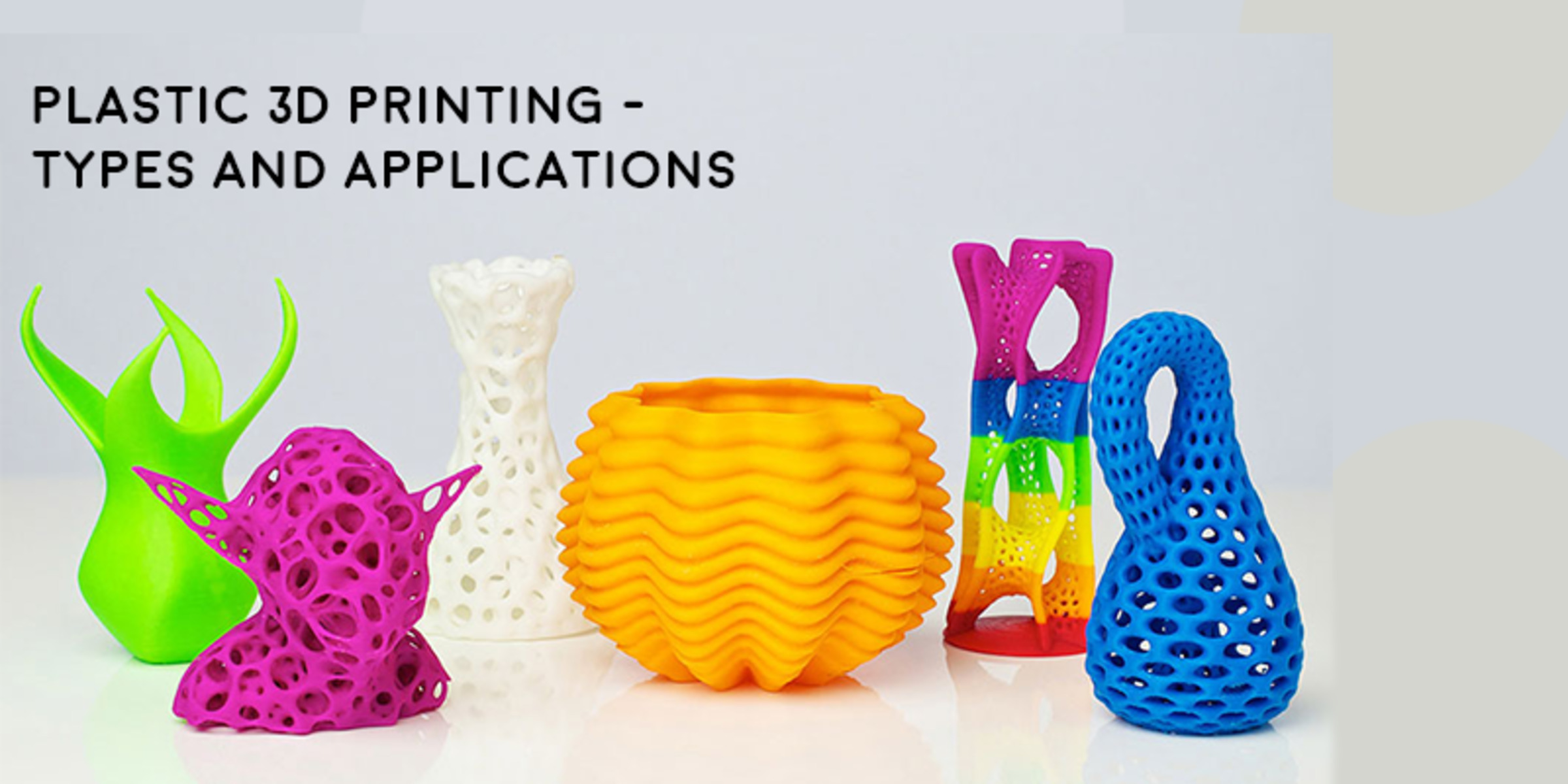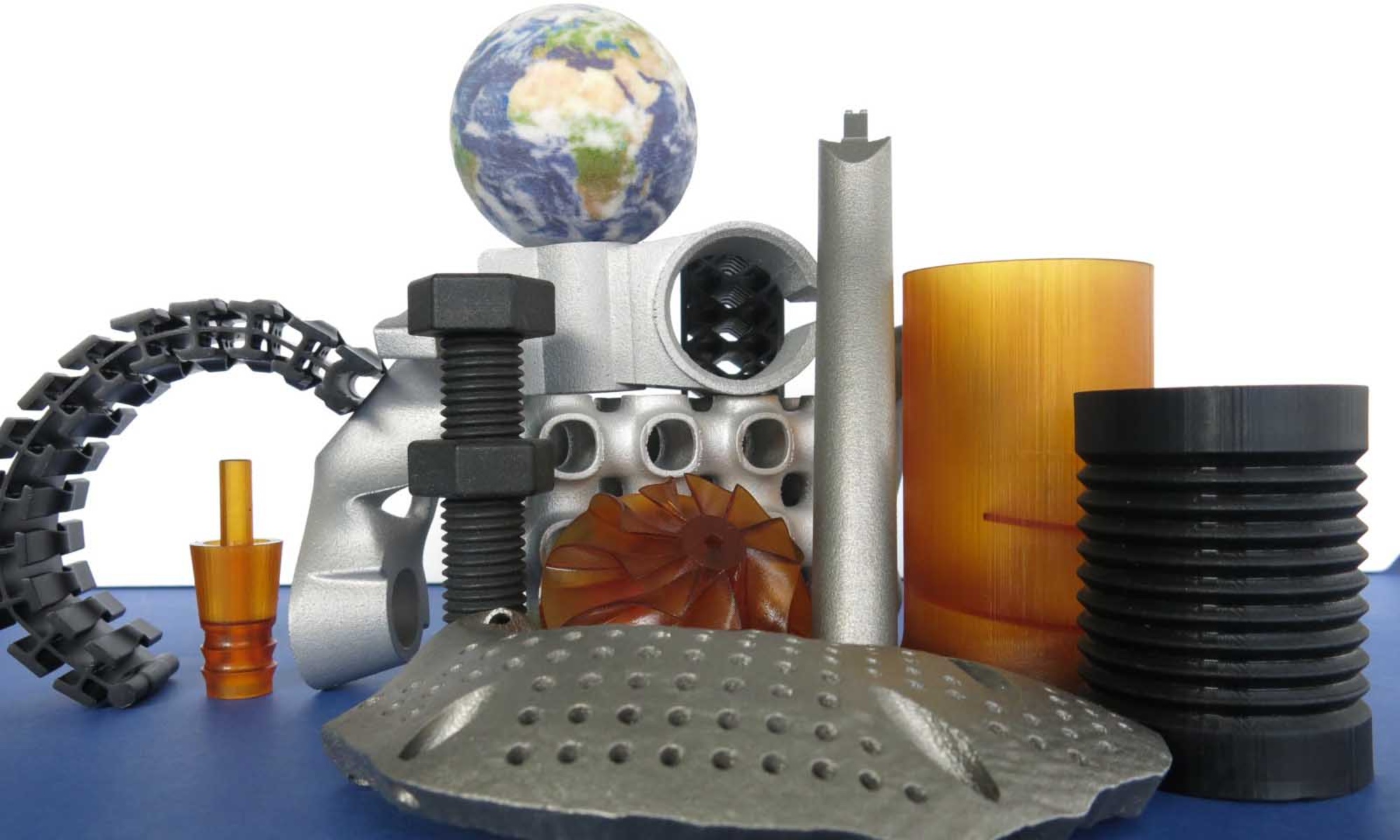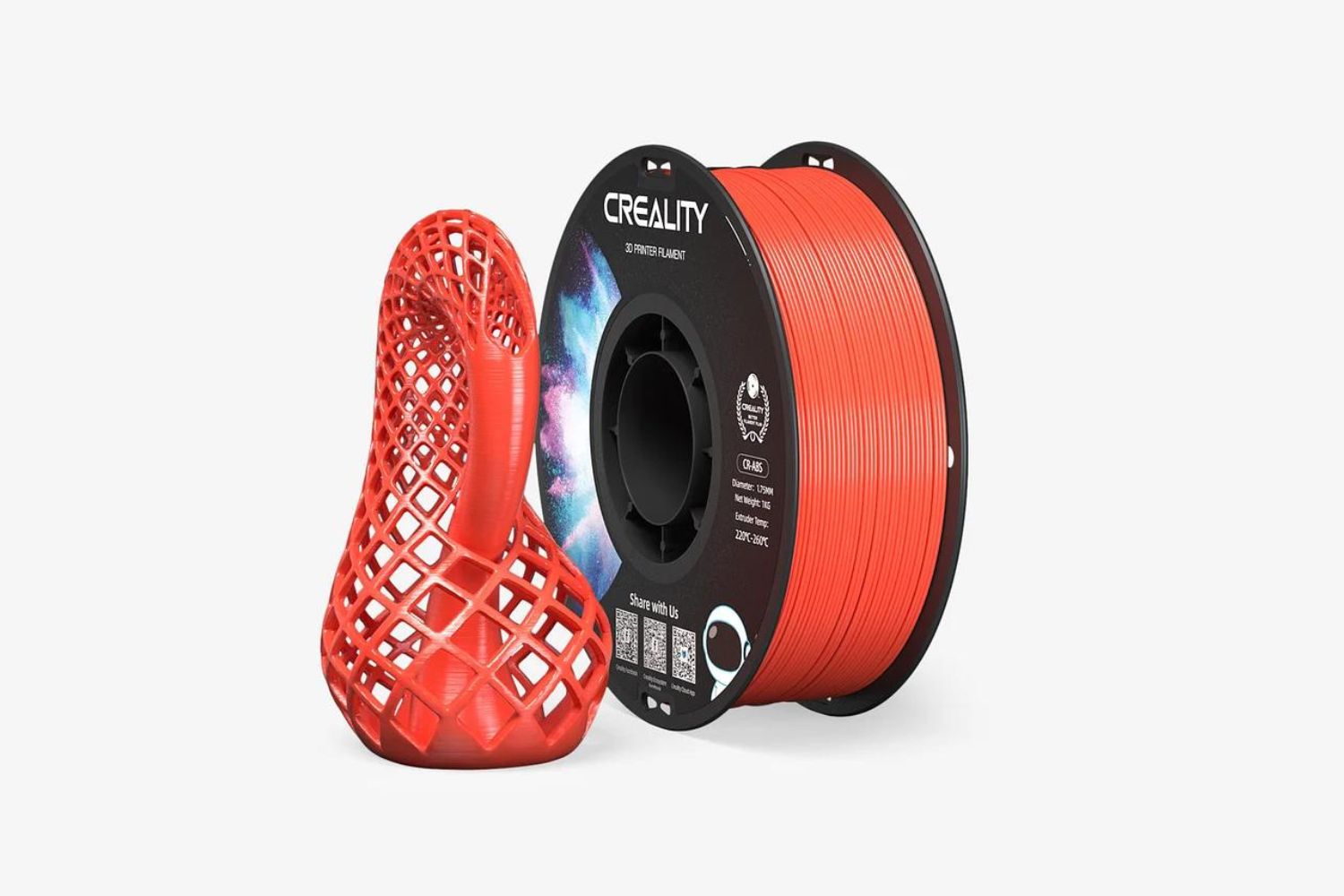Introduction
Welcome to the world of 3D printing, where imagination comes to life! One of the most popular materials used in 3D printing is ABS, which stands for Acrylonitrile Butadiene Styrene. If you’re new to the world of 3D printing, you may be wondering what exactly ABS is and why it’s commonly used in this technology.
In this article, we will delve into the world of ABS and explore its importance in 3D printing. We’ll discuss its characteristics, advantages, disadvantages, and how it compares to other materials commonly used in this field.
ABS is a thermoplastic polymer known for its durability and strength. It is composed of three main components – acrylonitrile, butadiene, and styrene – which work together to create a material that is both tough and versatile. ABS is used across various industries, ranging from automotive parts to consumer electronics, due to its exceptional properties.
When it comes to 3D printing, ABS has gained significant popularity because of its unique characteristics. It is a material that offers the capability to create complex and functional objects with high precision. ABS also has excellent thermal and impact resistance, making it suitable for both indoor and outdoor applications.
In the next sections, we will explore the reasons why ABS is widely used in 3D printing, its advantages and disadvantages, and how it compares to other materials in the world of additive manufacturing. Whether you’re a beginner or an experienced 3D printing enthusiast, this article will provide valuable insights into the importance of ABS in this fascinating technology.
What is ABS?
ABS, short for Acrylonitrile Butadiene Styrene, is a type of thermoplastic polymer widely used in various industries, including 3D printing. It is composed of three main monomers – acrylonitrile, butadiene, and styrene – which combine to create a material with unique properties.
ABS is known for its excellent mechanical properties, making it a popular choice for applications that require strength, durability, and impact resistance. It has a high melting point, allowing it to withstand high-temperature environments without deforming or losing its integrity.
One of the defining characteristics of ABS is its versatility. It can be easily modified to exhibit specific traits based on the desired application. For example, manufacturers can add additives or fillers to enhance its strength, flame resistance, or color stability.
In 3D printing, ABS is commonly used as a filament material. Filament refers to the material that is fed into the 3D printer and melted to build the desired object layer by layer. ABS filament is available in different diameters and can be easily loaded into a printer.
ABS has become a popular choice for 3D printing due to its favorable properties. It has good interlayer adhesion, allowing for reliable and sturdy prints. Additionally, ABS is compatible with a wide range of 3D printers, making it readily accessible to hobbyists and professionals alike.
Furthermore, ABS offers a balance between rigidity and flexibility, making it suitable for creating functional parts that require both strength and resilience. This characteristic makes ABS an ideal choice for prototyping and manufacturing components like casings, enclosures, and mechanical parts.
Another advantage of ABS is its ability to be post-processed. It can be sanded, painted, and even acetone treated to achieve a smoother surface finish. This makes it a popular choice for creating aesthetically appealing prints.
However, it is important to note that ABS emits fumes during the printing process. These fumes may have a noticeable odor and can be irritating or harmful if inhaled in large quantities. Therefore, it is recommended to use ABS in a well-ventilated area or consider using alternative materials if you have respiratory sensitivities.
Why is ABS used in 3D printing?
ABS has established itself as a popular material in the world of 3D printing for several compelling reasons. Let’s explore the key factors that make ABS a top choice for additive manufacturing.
1. Strength and Durability:
One of the primary reasons ABS is used in 3D printing is its exceptional strength and durability. ABS prints are known to exhibit good layer adhesion, resulting in robust and sturdy objects. This characteristic makes it suitable for creating functional prototypes, mechanical parts, and products that require long-term reliability.
2. Impact Resistance:
ABS possesses excellent impact resistance, meaning it can withstand external forces and impacts without breaking or shattering. This property is valuable for applications such as protective cases, housings, and components that may be subjected to significant stress or potential damage.
3. Easy Post-Processing:
ABS lends itself well to post-processing techniques, allowing for various finishing options. It can be sanded, polished, or painted to achieve a desired aesthetic or surface texture. Additionally, ABS can be easily glued or bonded together, enabling assembly and modification of printed parts.
4. Versatility and Compatibility:
ABS is compatible with a wide range of 3D printers, making it readily accessible to both hobbyists and professionals. It can be used with FDM (Fused Deposition Modeling) technology, which is one of the most widely used 3D printing methods. With ABS filament available in different diameters, it can be easily loaded onto printers and used for diverse printing projects.
5. Temperature Resistance:
ABS has a high glass transition temperature, making it suitable for applications that require resistance to elevated temperatures. It retains its shape and structural integrity even in demanding environments. This property is particularly advantageous in industries such as automotive, aerospace, and electronics, where components may be exposed to high temperatures.
6. Chemical Resistance:
ABS exhibits good resistance to many chemicals, including acids and alkaline solutions. This characteristic is beneficial for applications in chemical processing, laboratories, and environments where exposure to various substances is expected.
These factors, combined with the cost-effectiveness and availability of ABS filaments in the market, contribute to its popularity in 3D printing. However, it’s essential to weigh the advantages and disadvantages of ABS and consider the specific requirements of your project before selecting a 3D printing material.
Advantages of ABS in 3D printing
ABS offers several advantages that make it a preferred choice for 3D printing projects. Let’s take a closer look at the benefits of using ABS filament in additive manufacturing.
1. Strength and Durability:
ABS is renowned for its robustness and durability, making it suitable for creating functional prototypes and end-use products. It has excellent layer adhesion, resulting in strong and reliable prints that can withstand rigorous usage and mechanical stress.
2. Impact Resistance:
ABS exhibits high impact resistance, allowing it to withstand external forces without shattering or breaking. This characteristic makes it an ideal material for producing parts that may encounter frequent handling or potential impacts.
3. Temperature Resistance:
ABS has a high glass transition temperature, enabling it to maintain its structural integrity at elevated temperatures. This quality makes ABS suitable for applications that involve exposure to heat or fluctuating temperature conditions.
4. Post-Processing Options:
One of the significant advantages of ABS is its compatibility with various post-processing techniques. It can be sanded, painted, or smoothed to achieve the desired finish. Additionally, ABS can be easily glued or solvent welded, enabling further modifications and assembly of printed components.
5. Chemical Resistance:
ABS exhibits good resistance to many chemicals, including acids and alkalis. This property is beneficial for applications that involve exposure to aggressive substances or chemical environments.
6. Aesthetic Appeal:
ABS can be easily customized to achieve visually appealing prints. It is available in a wide range of colors, allowing for vibrant and eye-catching designs. ABS prints can be polished, painted, or coated to enhance their appearance and add a professional touch to the final product.
7. Compatibility with FDM 3D Printers:
ABS is compatible with FDM (Fused Deposition Modeling) technology, which is one of the most widely used 3D printing methods. It can be easily loaded onto FDM printers, and its melting temperature is well-suited to the capabilities of these machines.
8. Availability and Affordability:
ABS filament is readily available in the market at competitive prices, making it an economical choice for both hobbyists and professionals. Its popularity in the 3D printing community ensures a wide selection of ABS filaments from various manufacturers.
Overall, the advantages of ABS in 3D printing, such as strength, impact resistance, temperature resistance, post-processing options, and compatibility, make it a versatile and reliable choice for a wide range of applications. By leveraging the benefits of ABS, you can produce high-quality prints that meet your specific requirements.
Disadvantages of ABS in 3D printing
While ABS filament offers numerous advantages in 3D printing, it’s important to be aware of its limitations. Here are some of the key disadvantages associated with using ABS in additive manufacturing:
1. Difficulty in Printing Large Objects:
ABS has a tendency to warp and shrink during the cooling phase, especially when printing larger objects. This can lead to cracking or deformation of the print, resulting in poor dimensional accuracy. To overcome this issue, the use of a heated print bed or an enclosed printing environment is often recommended.
2. Emission of Fumes:
When heated, ABS emits fumes that have a noticeable odor. These fumes can irritate the respiratory system and be harmful if inhaled in large quantities. It is crucial to use ABS in a well-ventilated area or consider using alternative materials if you have respiratory sensitivities.
3. Longer Print Time:
Compared to other filaments, ABS typically requires higher printing temperatures and slower print speeds, resulting in longer print times. This can be a disadvantage if you need to produce 3D prints quickly or have time-sensitive projects.
4. Special Storage Requirements:
ABS filament is hygroscopic, meaning it absorbs moisture from the surrounding environment. If exposed to air for an extended period, the filament can become damp, leading to print quality issues like bubbling or decreased layer adhesion. Proper storage in a moisture-controlled container or using vacuum-sealed packaging is essential to maintain the quality of ABS filament.
5. Limited Flexibility:
While ABS is known for its strength and durability, it is relatively rigid compared to other filaments like TPU (Thermoplastic Polyurethane) or PLA (Polylactic Acid). This lack of flexibility may limit its suitability for certain applications that require more elasticity or ductility.
6. Environmental Impact:
ABS is derived from petroleum-based materials, which raises concerns about its environmental impact. It is not biodegradable and can persist in the environment for a long time. If sustainability is a primary concern, alternative filament options made from renewable resources, like PLA, may be more suitable.
While these disadvantages exist, they can often be mitigated with proper adjustments to the printing process, environmental controls, and careful handling of the filament. Understanding the limitations of ABS filament allows you to make informed decisions and choose the most appropriate material for your specific 3D printing needs.
ABS vs Other Materials in 3D Printing
When it comes to 3D printing, ABS is just one of the many materials available for creating objects. Let’s compare ABS to some other commonly used materials in additive manufacturing to understand their differences and applications.
1. PLA (Polylactic Acid):
PLA is a biodegradable thermoplastic derived from renewable resources like cornstarch or sugarcane. It is known for its ease of use, low printing temperature, and minimal warping compared to ABS. PLA is popular for producing prototypes, consumer products, and decorative items. It is less impact-resistant than ABS but offers good dimensional accuracy and a wide range of vibrant color options.
2. PETG (Polyethylene Terephthalate Glycol):
PETG combines the ease of printing similar to PLA with the durability of ABS. It has excellent layer adhesion, high tensile strength, and good impact resistance. PETG filament is water-resistant and commonly used for functional prototypes, mechanical parts, and food-safe applications. It has similar print settings to PLA, making it a versatile alternative to ABS.
3. Nylon:
Nylon filaments are known for their high strength, flexibility, and durability. They offer excellent chemical resistance and are suitable for producing functional components, gears, and parts requiring high mechanical properties. Nylon requires specific print settings due to its high melting temperature and a need for controlled cooling during the printing process.
4. TPU (Thermoplastic Polyurethane):
TPU filament is a flexible and elastic material known for its rubber-like properties. It is widely used for producing wearables, phone cases, and objects that require high flexibility and impact resistance. TPU offers excellent layer adhesion and can be printed on printers capable of handling materials with low shore hardness.
5. ASA (Acrylonitrile Styrene Acrylate):
ASA filaments are similar to ABS but with improved weather resistance and UV stability. It is commonly used for outdoor applications that require excellent heat resistance and long-term durability. ASA is suitable for producing objects that will be exposed to harsh weather conditions, including automotive parts, signage, and outdoor equipment.
Each material has its unique strengths and weaknesses, making them suitable for different applications. ABS is valued for its strength, impact resistance, and ease of post-processing. PLA and PETG are popular choices for beginners due to their ease of use and availability. Nylon and TPU offer exceptional durability and flexibility, making them suitable for specialized applications. ASA provides better weather resistance compared to ABS.
When choosing a material for 3D printing, consider the requirements of your specific project, including mechanical properties, desired finish, environmental conditions, and intended use. Understanding the characteristics of different materials allows you to select the most appropriate filament for achieving your desired results.
Tips for Printing with ABS
Printing with ABS filament requires attention to specific considerations to achieve optimal results. Here are some valuable tips to help you navigate the challenges of printing with ABS:
1. Use an Enclosed Printer or Build an Enclosure:
ABS is sensitive to temperature changes, and exposure to drafts can cause warping or poor layer adhesion. Using an enclosed printer or creating an enclosure around your printer helps maintain a stable printing environment, minimizing the impact of external temperature fluctuations.
2. Utilize a Heated Print Bed:
ABS adheres well to a heated print bed. Set the bed temperature between 80-100°C to ensure proper adhesion and minimize warping. Applying a thin layer of adhesive, such as glue stick or ABS juice, can further enhance bed adhesion.
3. Fine-Tune Print Settings:
Experiment with various print settings to find the sweet spot for your specific printer and ABS filament. Adjust parameters like extrusion temperature, print speed, layer height, and cooling settings to optimize print quality and minimize issues like stringing or overheating.
4. Consider Using a Brim or Raft:
To prevent warping and improve bed adhesion, consider adding a brim or raft to your print. A brim is a thin border around the base of the print, while a raft is a thicker layer that provides a stable foundation. Both techniques help to distribute the stress and improve print adhesion.
5. Optimize Cooling:
ABS requires limited cooling during the printing process to reduce the risk of cracking or layer separation. Disable or reduce fan cooling for the first few layers, gradually increasing it as the print progresses. This approach helps maintain a consistent temperature and promotes better layer adhesion.
6. Print with Supports:
If your design has overhangs or complex geometries, using supports is crucial to ensure successful prints. Supports provide the necessary structure to hold up these challenging features while printing. Ensure proper support configuration in your slicing software for accurate and reliable prints.
7. Post-Process for Improved Finish:
ABS can be smoothed and finished post-printing to achieve a polished result. Consider sanding the print to remove layer lines or imperfections, followed by acetone vapor smoothing for a glossy and professional appearance. Be cautious when handling acetone and follow appropriate safety measures.
8. Store ABS Filament Properly:
ABS is susceptible to moisture absorption, which can affect print quality and lead to issues like bubbling or poor layer adhesion. Store ABS filament in airtight containers or vacuum-sealed bags with desiccant packs to prevent moisture absorption and maintain its printing properties.
By following these tips, you can optimize your ABS 3D printing experience and achieve consistent, high-quality prints. Remember that experimentation and fine-tuning may be necessary to find the ideal settings for your specific printer and ABS filament.
Conclusion
ABS filament plays a significant role in the world of 3D printing, offering a range of benefits and opportunities for creating functional and durable objects. Its strength, impact resistance, temperature resistance, and post-processing options make it a popular choice for various applications, including prototyping, manufacturing, and artistic endeavors.
Although ABS has its advantages, it is essential to consider its disadvantages, such as warping, fume emission, and environmental impact. However, with proper adjustments to the printing process and careful handling, these challenges can be mitigated.
When choosing a material for your 3D printing project, it is crucial to evaluate the specific requirements and desired properties. ABS is suitable for applications that demand strength, durability, and post-processing versatility. However, other materials like PLA, PETG, Nylon, TPU, or ASA may be more appropriate based on different needs, such as biodegradability, flexibility, or weather resistance.
By following the tips provided for printing with ABS, you can maximize the success of your prints and achieve the desired results. Remember to optimize print settings, use proper cooling techniques, consider support structures, and provide a stable printing environment.
As the field of 3D printing continues to evolve, new materials and advancements will emerge. Staying informed about the latest developments and experimenting with different materials can further enhance your capabilities and expand the possibilities of your 3D printing projects.
Whether you’re a hobbyist, a designer, or an engineer, ABS filament offers a reliable and versatile option for bringing your ideas to life through additive manufacturing. Embrace the advantages, overcome the challenges, and explore the vast world of 3D printing with ABS.







